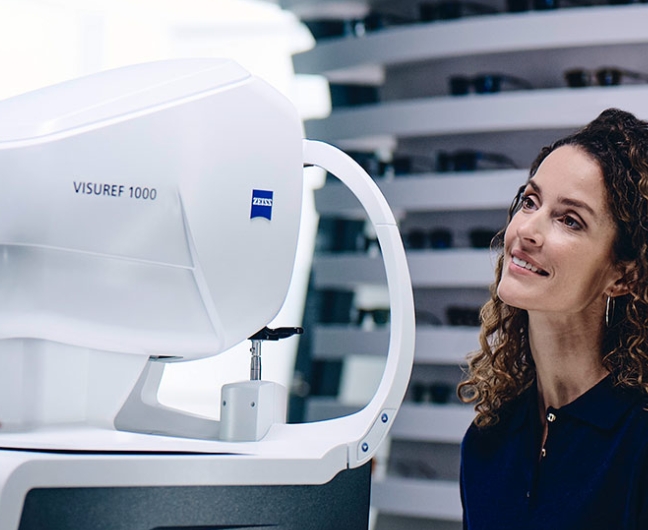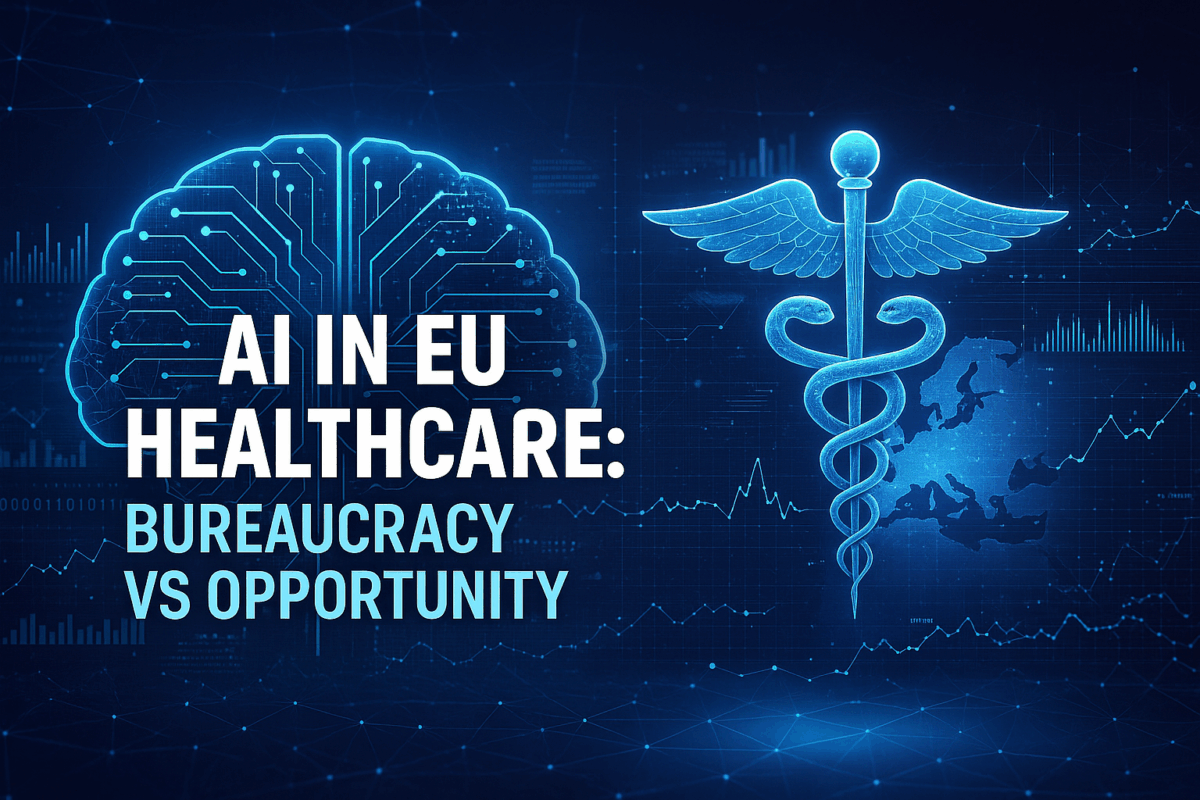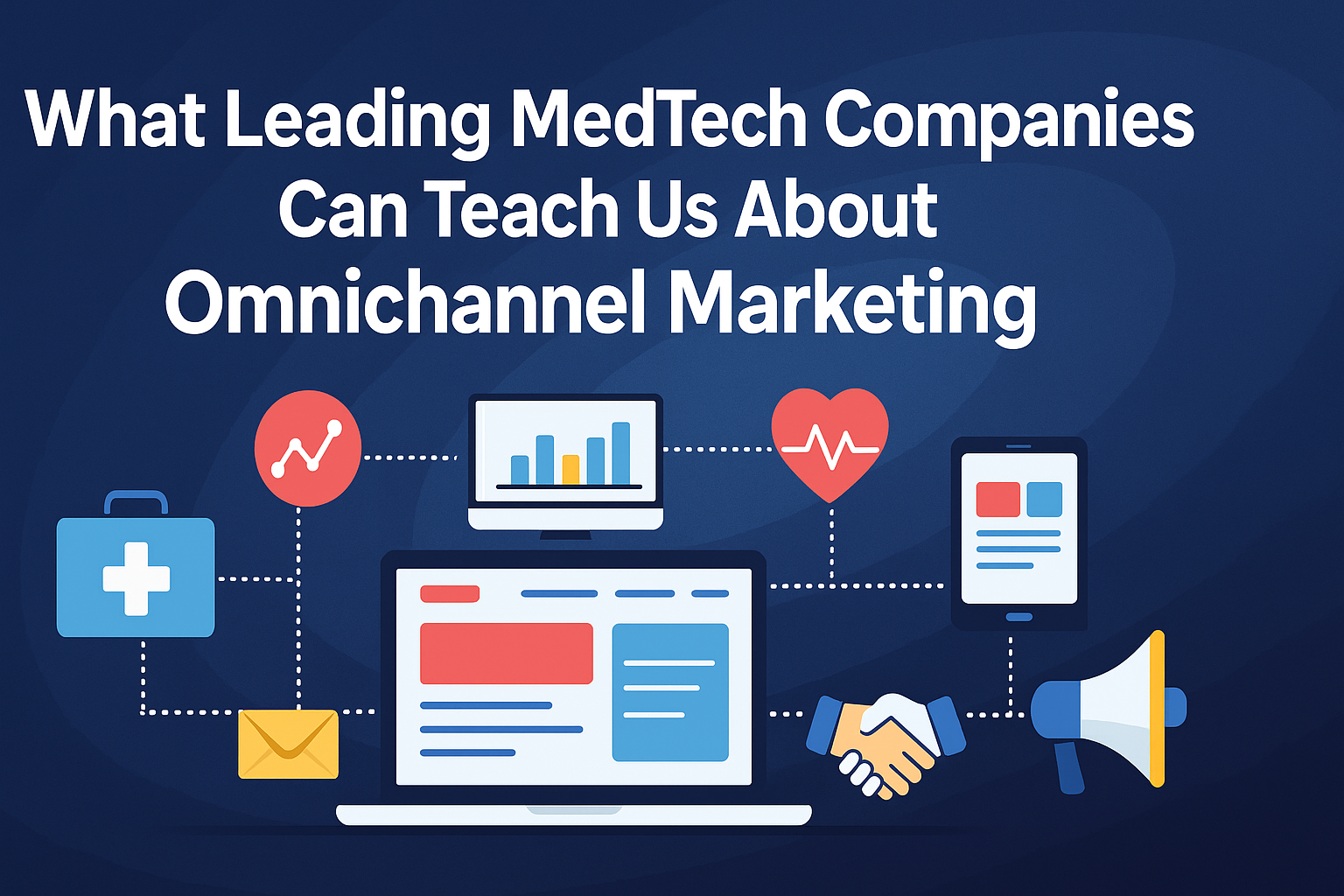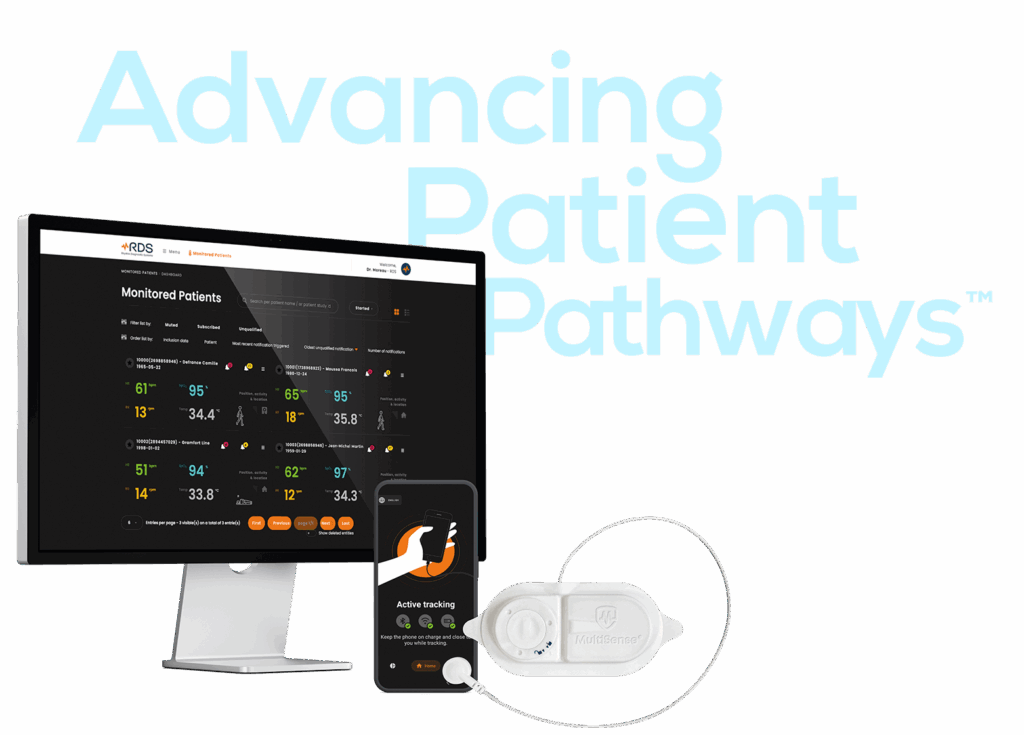Funding stacked, boards shuffled, CE marks landed — this week runs on neurotech raises, workflow monitors, and regulator backed AI.
People on the move

Cardiawave (France): Jonathan Freeman becomes Board Chair as the French non invasive ultrasound outfit gears up for global expansion.

Money flows
ONWARD Medical (UK): €50.85M private placement. Neurostimulation for spinal cord injury. Proceeds go to ARC IM development, ARC EX commercial build out in the US and Europe, and operations runway into late 2026.
CoMind (UK): 60M USD growth round. Non invasive brain monitoring to replace surgical holes for neuromonitoring. Backers include Plural and Taavet Hinrikus who also joins the board.
Calm Storm (Austria): €30M new fund close. Vienna based fund doubles down on health and digital across CEE and DACH with pre seed through seed checks.
Cyclana Bio (UK): £5M pre seed. Women’s health discovery platform for endometriosis using tissue level models and AI. Co led by NfX and Eka VC.
Median Technologies (France): Financing update. Received €19M first tranche from the European Investment Bank agreement on Oct 20 and highlighted earlier €23.9M capital increase to extend runway to at least Q4 2026 while preparing US launch of its AI lung cancer SaMD.
On the press
• GE HealthCare: CE mark for Carevance patient monitor, adding cardiac output insights for perioperative care, with European showcase at ESICM Munich.
• MHRA: New AI projects to predict side effects from drug interactions and speed safer treatments. Signals growing UK emphasis on applied AI across medicines and devices.
• Femasys: Initiates EU post market surveillance for FemBloc permanent birth control, a step in the MDR commercial plan for Europe.
• Chronic care watch: Useful macro lens on why chronic care is the next healthtech frontier and where founders can build. Helpful context for EU markets leaning into long term conditions.
One thing to remember
Follow the money into clinically close, workflow ready tech. Neuro monitoring, perioperative hemodynamics, and women’s health discovery drew fresh capital or clearances, while regulators nudged AI into practical safety use. Founders who pair hard clinical value with clean MDR playbooks will find doors open this quarter.
Sources
https://sifted.eu/articles/calm-storm-closes-30m-fund
https://sifted.eu/articles/comind-raised-60-million-cerebral-blood-flow-monitoring
https://siliconcanals.com/onward-medical-raises-over-50m-know-more/
https://www.businesswire.com/news/home/20251016721476/en/Carevance-platform-expands-access-to-GE-HealthCares-clinical-excellence-with-advanced-patient-monitoring-and-new-perioperative-hypotension-management-capability
https://www.gov.uk/government/organisations/medicines-and-healthcare-products-regulatory-agency
This content has been enhanced with GenAI.









